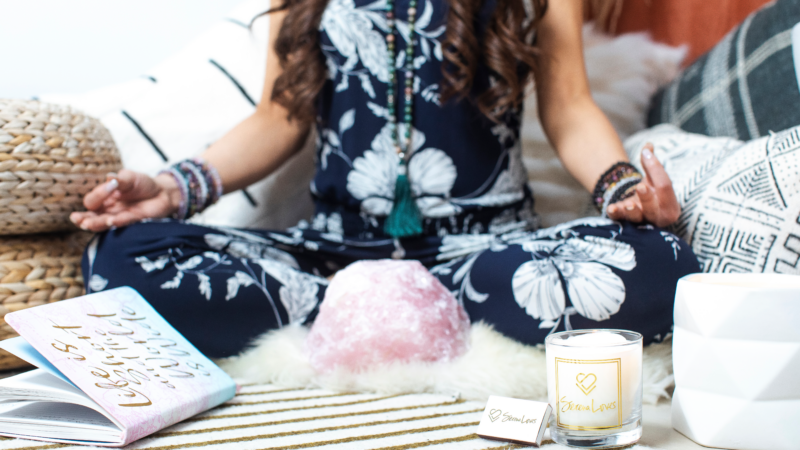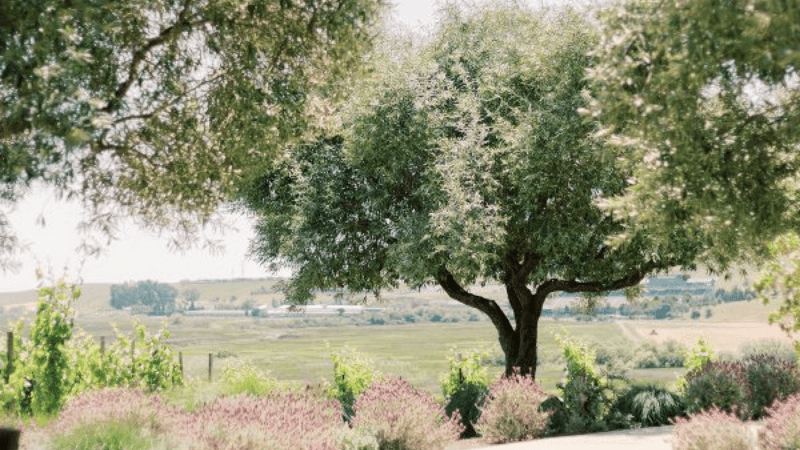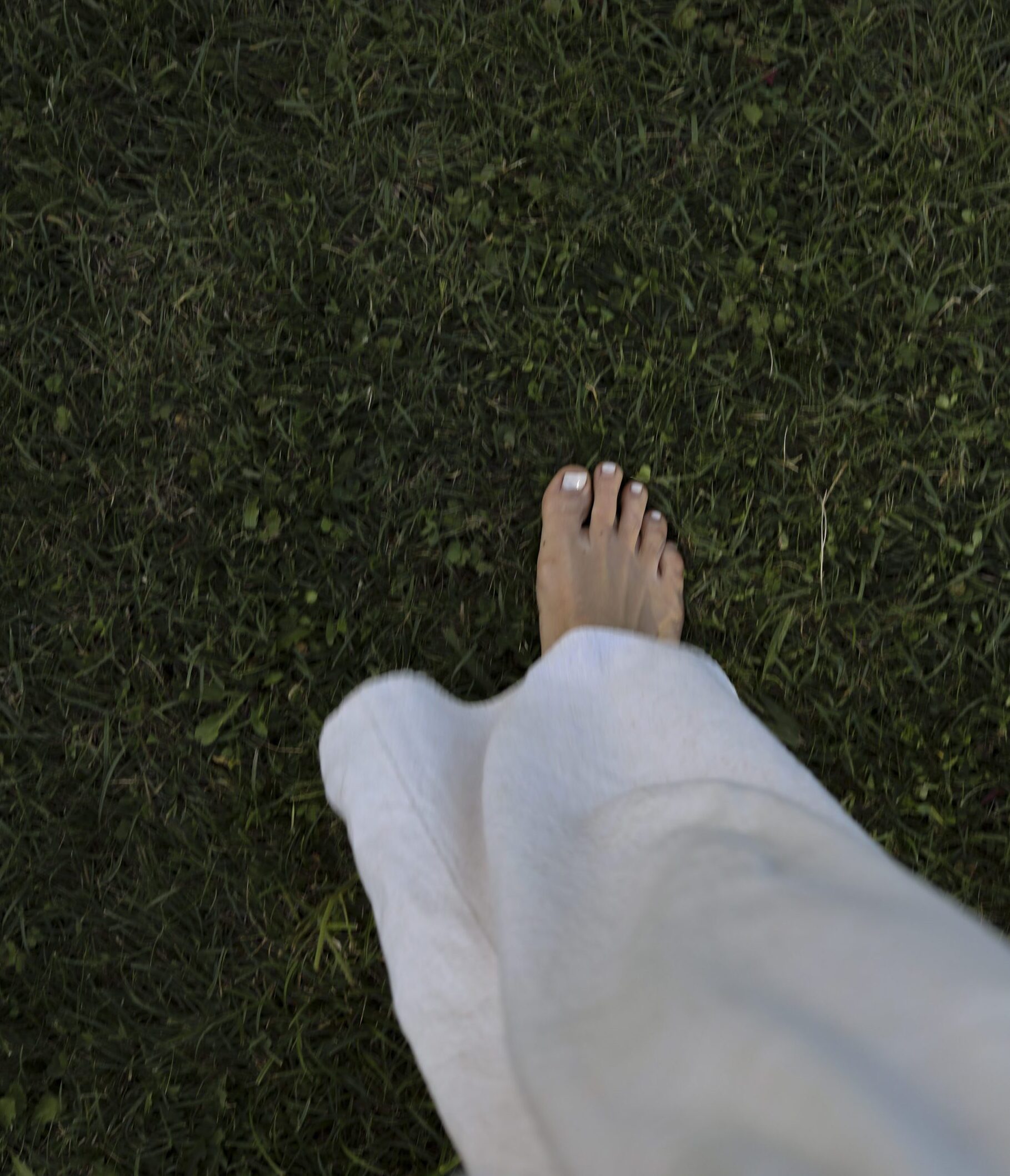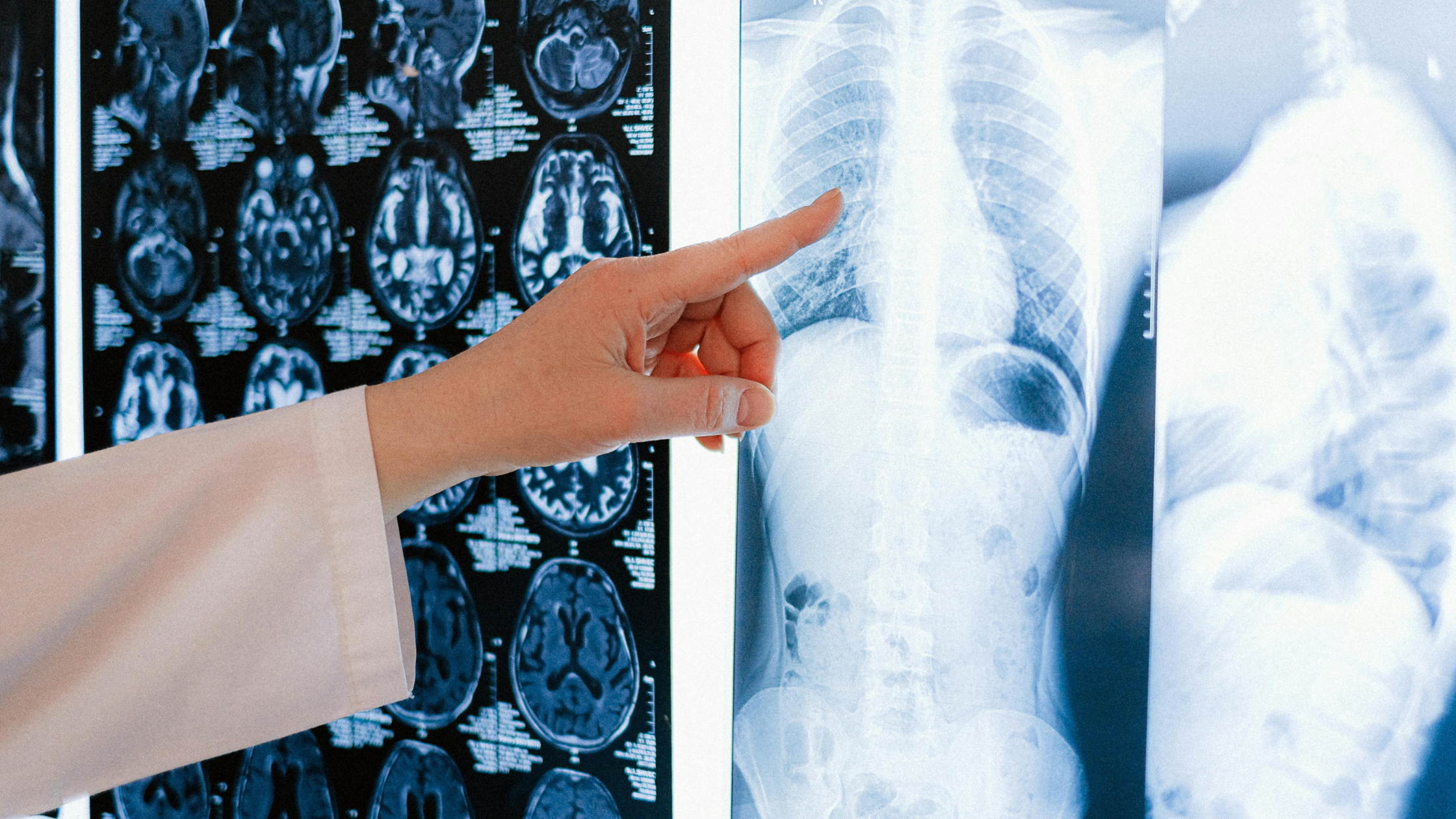Key Takeaways
- Walking outdoors—especially in nature—reduces inflammation, supports immune function, balances the nervous system, and improves sleep and mood.
- Practices like barefoot walking, breathwork, and walking meditation amplify the healing benefits of walking, promoting emotional release, energetic grounding, and mental clarity.
- Integrating daily walks into your routine helps realign your circadian rhythm, increase lung function, and reconnect you with Mother Earth for sustained well-being.
The Healing Power of Walking
One of the things I tell my clients that makes them feel better instantly is to get outside and take a walk in the sun.
I think everyone can benefit from this advice–we’ve become increasingly disconnected from the rhythms of nature–and taking a walk is so easy. It’s one of the simplest ways to restore your connection to Mother Earth.
More than exercise or opportunity to realign with the natural world, walking regulates our nervous system, and deepens our awareness of the world that sustains us.
Walking is one of the most powerful and underrated longevity practices for healing, both individually and collectively. This is not simply my belief. There is plenty of research to back walking’s benefits and show how this reconnection pathway instantly restores a sense of balance.

The Science and The Soul
Modern research confirms what ancient cultures have long practiced—walking in nature has profound physiological and psychological benefits (1). Here’s why walking can be one of the best ways to improve your well-being and longevity.
Inflammation and The Immune System. Walking outdoors has been shown to reduce inflammatory markers in the body. Studies on “forest bathing” (Shinrin-yoku), a Japanese practice of mindful walking in nature, have found that exposure to trees enhances immune function by increasing natural killer (NK) cell activity (2).
The Nervous System. Walking barefoot (also known as grounding or earthing), helps regulate the autonomic nervous system, shifting the body from a stressed sympathetic state to a parasympathetic, rest-and-digest mode. This reduces cortisol levels, lowers blood pressure, and supports cellular repair (3).
Better Oxygenation and Lung Function. Being exposed to fresh air supports optimal oxygen exchange and detoxification. Studies have shown that deep nasal breathing while walking enhances lung capacity and better oxygenates the blood (4).
Circadian Rhythms. Morning walks in natural sunlight help regulate the body’s internal clock, which translates into better sleep and balanced hormone production, including melatonin and serotonin (5).
Mental and Emotional Well-being. Walking outside, especially on natural surfaces, has been shown to reduce symptoms of anxiety and depression, balance your mood, and sharpen cognitive function (6).
Meditative and Spiritual Practices
Walking is a deeply healing ritual when practiced with intention. This means you identify a goal or settle on a positive thought before you head out. Indigenous cultures consider walking a sacred act, a way to attune to the wisdom of the land and affirm connection with Mother Earth. Here’s how you can affirm your connection as you walk:
- Set an intention. Before you begin your walk, set an intention for what you wish to release or receive. Whether it’s clarity, gratitude, or emotional healing, imagine that your movement is an extension of that purpose.
- Practice walking meditation. Move with awareness, syncing your breath with each step. Feel the ground beneath you, listen to the sounds of nature, and allow yourself to be fully present.
- Use breathwork to deepen your connection. Try rhythmic or diaphragmatic breathing while walking to enhance relaxation and oxygenation. Relax your diaphragm as you breathe in, count a number of steps, say, 3 to 5, and exhale contracting your diaphragm as you count the same number of steps.
- Practice earthing. Try walking barefoot on grass, sand, or soil to make direct contact with the Earth’s electrons, which we know can help reduce inflammation, improve sleep, and enhance overall well-being (7).

Breath and Energy Work
You can also try to blend mindfulness, deep breathing, and visualization, which helps create stress resilience and heightened awareness, and deepens one’s connection to the natural world.
- Visualize Energy Flow: As you walk, imagine drawing healing energy up from the Earth through your feet and into your body. With each step, visualize this energy flowing upward, replenishing your cells, soothing your nervous system, and strengthening your inner resilience. As you exhale, release any stagnant or negative energy back into the Earth, allowing it to be absorbed and transformed.
- Mantra Repetition: Repeating a silent mantra while walking can create a rhythm that reinforces balance and grounding. Phrases like “I am grounded,” “With each step, I am restored,” or “I walk in harmony with the Earth” can affirm your sense of connection and intention.
- Energetic Alignment: Walking with awareness of the body’s energy centers, particularly the root chakra (which governs stability and security) and the heart chakra (which governs love and emotional balance), can enhance your sense of well-being. As you walk, visualize these energy centers opening and aligning, allowing for a free flow of vitality and connection between you and the Earth.
Integrating Walking into Your Daily Routine
Walking doesn’t have to be a structured workout. It can be a ritual that fits easily with your lifestyle. Morning walks are great for that early sun exposure.
Take a stroll after lunch with a coworker or after dinner with family or a friend.
Or make a date to take a hike at a local park or nature preserve to disconnect from digital distractions and reconnect with the sensory experience of being surrounded by nature.
As I’ve discussed, barefoot walks are even better, especially to reset the body and soul.
So, remember, walking is far more than a form of exercise—it’s a reconnection with Mother Earth, calming the nervous system, and enhancing longevity. Walking has the power to restore balance in ways that modern science is just beginning to understand. So take a deep breath, go outside, and let each step bring you closer to nature, yourself, and a life of energy and harmony.
xo – Serena
FAQs
1. How much should I walk daily for optimal health benefits?
Experts generally recommend at least 30 minutes of moderate walking per day or around 7,000–10,000 steps for longevity benefits, although some research shows that 4,000 steps a day is also impactful.
2. Is there a best time of day to walk for health and energy?
Walking in the morning helps regulate circadian rhythms, while evening walks can reduce stress and aid digestion.
3. How does walking compare to other forms of exercise for longevity?
While high-intensity workouts have benefits, walking provides sustainable, low-impact movement that reduces stress and contributes to overall wellness.
4. Is there an ideal pace for walking to maximize longevity benefits?
A brisk pace (around 3–4 mph) is linked to increased cardiovascular health and longevity, but even slower, mindful walking has benefits.
5. How does walking impact gut health and digestion?
Walking after meals can aid digestion by stimulating peristalsis (the movement of food through the digestive tract) and reducing bloating.
6. What are the best breathing techniques to use while walking?
Nasal breathing and rhythmic breathing (inhaling for 3–5 steps, exhaling for 3–5 steps) can enhance oxygen intake and relaxation.
7. Is it necessary to bring water on short walks?
If your walk is under 30 minutes in mild weather, you may not need to carry water. However, for longer or hot-weather walks, staying hydrated is essential. When walking in warm weather or at high altitudes, you may need electrolyte replenishment along with water.
8. What are signs of dehydration while walking?
Dry mouth, dizziness, fatigue, muscle cramps, and dark-colored urine can indicate dehydration.
9. Does drinking water affect grounding or earthing benefits?
Proper hydration supports electrolyte balance, which may enhance the conductivity benefits of earthing.
10. What’s the best way to stay hydrated naturally while walking?
Sip water consistently, eat hydrating foods (like fruits and vegetables), and listen to your body’s thirst cues.
Citations:
- Ungvari Z, Fazekas-Pongor V, Csiszar A, Kunutsor SK. The multifaceted benefits of walking for healthy aging: from Blue Zones to molecular mechanisms. Geroscience. 2023 Dec;45(6):3211-3239. doi: 10.1007/s11357-023-00873-8. Epub 2023 Jul 26. PMID: 37495893; PMCID: PMC10643563.
- Hansen MM, Jones R, Tocchini K. Shinrin-Yoku (Forest Bathing) and Nature Therapy: A State-of-the-Art Review. Int J Environ Res Public Health. 2017 Jul 28;14(8):851. doi: 10.3390/ijerph14080851. PMID: 28788101; PMCID: PMC5580555.
- Oschman JL, Chevalier G, Brown R. The effects of grounding (earthing) on inflammation, the immune response, wound healing, and prevention and treatment of chronic inflammatory and autoimmune diseases. J Inflamm Res. 2015 Mar 24;8:83-96. doi: 10.2147/JIR.S69656. PMID: 25848315; PMCID: PMC4378297.
- Harbour E, Stöggl T, Schwameder H, Finkenzeller T. Breath Tools: A Synthesis of Evidence-Based Breathing Strategies to Enhance Human Running. Front Physiol. 2022 Mar 17;13:813243. doi: 10.3389/fphys.2022.813243. PMID: 35370762; PMCID: PMC8967998.
- Blume C, Garbazza C, Spitschan M. Effects of light on human circadian rhythms, sleep and mood. Somnologie (Berl). 2019 Sep;23(3):147-156. doi: 10.1007/s11818-019-00215-x. Epub 2019 Aug 20. PMID: 31534436; PMCID: PMC6751071.
- IBID
- Oschman JL, Chevalier G, Brown R. The effects of grounding (earthing) on inflammation, the immune response, wound healing, and prevention and treatment of chronic inflammatory and autoimmune diseases. J Inflamm Res. 2015 Mar 24;8:83-96. doi: 10.2147/JIR.S69656. PMID: 25848315; PMCID: PMC4378297.
by





